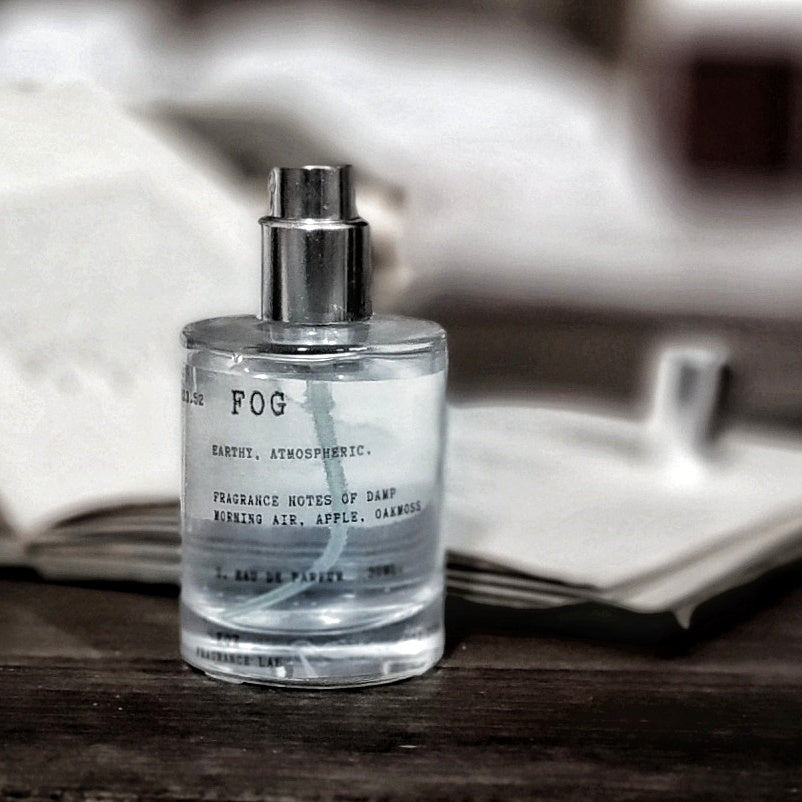
Linalool in Perfume: The Floral Note You Didn’t Know You Loved
When it comes to what makes your favorite fragrance smell so intoxicating, few ingredients are as quietly essential as linalool. This naturally occurring compound may not be a household name, but it’s found in 60–80% of perfumed products. Whether you're wearing a crisp citrus cologne or a soft floral eau de parfum, there's a good chance linalool is doing the heavy lifting behind the scenes.
In this post, we’ll break down what linalool is, where it comes from, how it smells, and why it plays a starring role in modern perfumery.
What Is Linalool?
Linalool is a naturally occurring terpene alcohol found in over 200 species of plants, including lavender, bergamot, coriander, rosewood, and sweet basil. It’s known for its soft, floral, and slightly citrusy aroma—often described as fresh, clean, and calming.
In perfumery, linalool is prized not just for its scent, but for its ability to enhance and harmonize other fragrance notes. It acts as a fixative, helping to stabilize volatile oils and extend the life of a perfume on the skin.
How Does Linalool Smell?
The aroma of linalool is complex, which makes it a valuable tool in the perfumer’s palette. Depending on its source and the formulation, it can give off different nuances:
Lavender-like softness
Light citrus or bergamot freshness
A hint of spiciness when paired with woody or herbal notes
Linalool is especially important in floral, citrus, and herbal fragrance families, where it adds lift and dimension.
Natural vs. Synthetic Linalool
Linalool used in perfumery can be derived naturally from plants or created synthetically in a lab. Both forms are chemically identical, though natural linalool is more common in niche or luxury fragrances that emphasize botanical sourcing.
It's also a key player in the debate around "clean beauty" and fragrance allergens, as linalool is classified as a potential allergen under EU cosmetic regulations. However, it’s important to note that only oxidized linalool (exposed to air over time) tends to cause irritation, and it’s usually present in very small concentrations.
Why Is Linalool Used in Perfume?
Here’s why linalool is so beloved by perfumers and formulators alike:
Aroma versatility: blends seamlessly into floral, citrus, and even spicy compositions
Natural scent enhancer: boosts and balances other notes
Mood benefits: studies show linalool may help reduce stress and anxiety
Cost-effectiveness: especially in synthetic form, it helps keep fragrance prices accessible
From a formulation perspective, linalool is a building block in countless iconic perfumes. You’ll find it in everything from Chanel No. 5 to Le Labo’s Santal 33.
Whether you’re drawn to the calming scent of lavender or the brightness of a citrus-forward body wash, linalool is quietly working behind the scenes to elevate the experience.
Final Thoughts
Linalool may be a humble molecule, but its impact in the world of fragrance is massive. It brings freshness, softness, and depth to perfumes while supporting the emotional benefits of scent. Whether you’re a perfumer, a fragrance enthusiast, or just someone who loves a good-smelling body wash, understanding linalool gives you a deeper appreciation for the craft of scent creation.
Curious about how linalool shows up in our fragrances? Explore our collection and discover how we use this powerful note to craft unforgettable olfactory experiences.